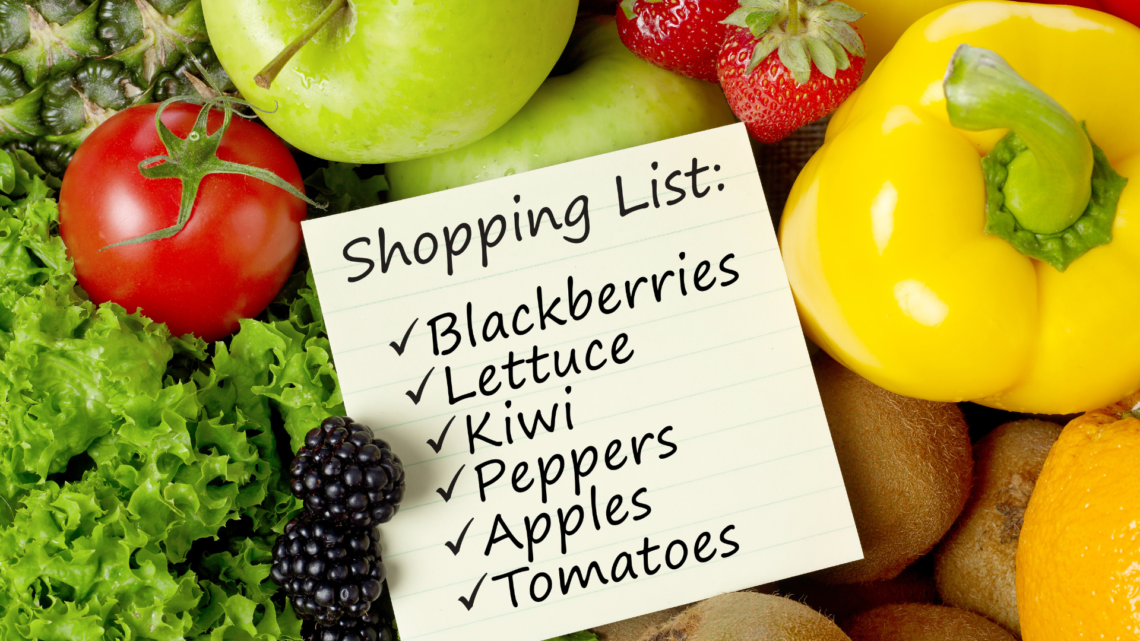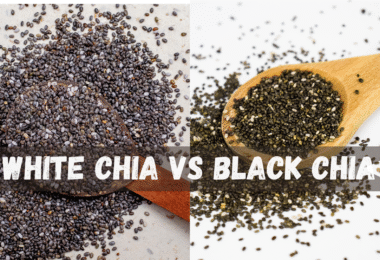Beginning your Healthy Eating Grocery list journey can feel overwhelming, especially with supermarkets overflowing with tempting processed foods and misleading “healthy” labels. Without a clear plan, it’s easy to overspend, pick unhealthy options, or buy items you won’t use.
That’s where a well-thought-out healthy grocery list becomes your best tool. It keeps you organized, minimizes unhealthy purchases, and helps stock your kitchen with wholesome ingredients. This beginner-friendly guide will show you how to build a practical and budget-friendly healthy grocery list that makes smart eating effortless
Benefits of Using a Healthy Eating Grocery List
A healthy eating grocery list is more than just a shopping plan — it’s a tool for long-term wellness. Here’s why creating one is a smart habit:
1. Promotes Mindful Eating
Planning your grocery list helps you become more intentional about your meals, encouraging better food choices.
2. Reduces Impulse Buying
Stores are designed to tempt buyers with flashy packaging and “deals.” A list keeps you focused and reduces unnecessary spending.
3. Saves Time and Money
A clear list helps you shop faster and avoid wasting money on items you don’t need.
4. Cuts Down Food Waste
Buying only what’s necessary means you’re more likely to use everything you purchase, reducing spoilage.
5. Supports Balanced Nutrition
A healthy grocery list ensures you’re including all essential food groups for a balanced diet.
Things to Do Before Creating Your Healthy Eating Grocery List
1. Plan Meals in Advance
Decide what you’ll Healthy Grocery eat for the week — including breakfast, lunch, dinner, and snacks.
- Map out a weekly meal plan
- Plan for healthy snacks and drinks
- Factor in leftovers for future meals
2. Check Your Kitchen Inventory
Avoid unnecessary purchases by checking what you already have at home.
- Look through grains, spices, canned goods, and oils
- Note expiration dates
- Organize pantry items for easy access
3. Shop the Store’s Perimeter
The freshest and healthiest foods — like produce, dairy, and meat — are often found around the outer edges of the store. Start there before moving to inner aisles.
The Ultimate Healthy Grocery List for Beginners

Here’s a Healthy Grocery beginner-friendly list covering essential food categories to help you eat well.
1. Fresh Fruits & Vegetables
Why They’re Important:
Loaded with vitamins, minerals, antioxidants, and fiber for optimal health.
Best Picks:
- Apples, bananas, oranges, grapes
- Leafy greens: spinach, kale, romaine
- Carrots, cucumbers, bell peppers, broccoli
- Sweet potatoes, mushrooms, zucchini
- Berries: strawberries, blueberries, raspberries
- Avocados
Smart Tip:
Choose a mix of colorful foods to get a diverse range of essential nutrients.
2. Whole Grains
Why They’re Important:
Provide lasting energy, fiber, and essential vitamins.
Best Picks:
- Brown rice
- Rolled or steel-cut oats
- Quinoa
- 100% whole-grain bread or wraps
- Whole-wheat pasta
- Barley
- Millet
Smart Tip:
Always check for labels that say “100% whole grain.”
3. Lean Protein
Why They’re Important:
Supports muscle repair, immune function, and keeps you feeling satisfied longer.
Best Picks:
- Chicken breast
- Turkey
- Fresh fish like salmon or tuna
- Eggs
- Plain Greek yogurt
- Beans and lentils
- Tofu or tempeh
Smart Tip:
Select fresh, unprocessed meats and plant-based protein options.
4. Healthy Fats for healthy Grocery
Why They’re Important:
Essential for brain health, hormone balance, and heart function.
Best Picks:
- Extra virgin olive oil
- Avocado oil
- Nuts: almonds, walnuts, pistachios
- Seeds: chia, flax, pumpkin
- Natural nut butter (without added sugar or oil)
- Avocados
Smart Tip:
Enjoy healthy fats in moderate amounts.
5. Dairy or Plant-Based Alternatives
Why They’re Important:
Provide calcium, protein, and probiotics for gut health.
Best Picks:
- Low-fat milk or unsweetened plant milk (almond, oat, soy)
- Plain Greek yogurt
- Cottage cheese
- Cheese in small portions
Smart Tip:
Opt for unsweetened and minimally processed dairy products.
6. Pantry Staples
Why They’re Important:
These items help you prepare quick, healthy meals.
Best Picks:
- Olive oil
- Vinegar (balsamic, apple cider)
- Herbs and spices: turmeric, cumin, basil, oregano
- Low-sodium broth
- Canned beans or lentils
- Canned tomatoes
- Natural peanut or almond butter
Smart Tip:
Use spices and herbs to flavor food naturally.
7. Healthy Snacks
Why They’re Important:
Nutritious snacks help maintain energy levels and prevent overeating.
Best Picks:
- Fresh fruits
- Mixed nuts and seeds
- Veggie sticks with hummus
- Greek yogurt
- Rice cakes
- Dark chocolate (70% cocoa or higher)
Smart Tip:
Pre-portion snacks to avoid overeating.
8. Healthy Grocery Beverages
Why They’re Important:
Staying hydrated is essential for overall well-being.
Best Picks:
- Water
- Herbal teas
- Unsweetened sparkling water
- Fruit-infused water
Smart Tip:
Limit sugary drinks and energy drinks.
Smart Tips for healthy Grocery Shopping Success
- Don’t Shop Hungry — It leads to impulse buys.
- Read Nutrition Labels — Look out for hidden sugars, fats, and sodium.
- Buy in Bulk — Choose bulk grains, nuts, and legumes for long shelf life.
- Stick to Your List — Resist sales that tempt you with unhealthy foods.
- Choose Fresh Over Packaged — Whole foods offer better nutrition.
What’s First on Your Healthy Grocery List?
What’s the first healthy item you’re adding to your next shopping list? Let us know in the comments below — we’d love to hear your picks!
Final Thoughts
Creating a healthy eating grocery list is a simple yet powerful tool for anyone starting their journey to better nutrition. It helps with meal planning, saves time and money, reduces food waste, and encourages mindful eating habits.
Healthy eating isn’t about perfection — it’s about balance, variety, and making informed choices. Start by planning simple meals, shopping smart, and sticking to your list. Over time, these habits will feel natural, and your body will thrive from nutritious, wholesome foods.
A healthy eating grocery list is the first step towards better eating habits. It helps you stay organized, avoid unhealthy choices, and ensures your meals are balanced and nutritious. Start by adding fresh fruits, vegetables, whole grains, and lean proteins to your cart. With a little planning, healthy eating becomes simple, affordable, and part of your daily routine.
What’s First on Your Healthy Grocery List?
What’s the first healthy item you’re adding to your next shopping list? Let us know in the comments below — we’d love to hear your picks!








Leave a Comment